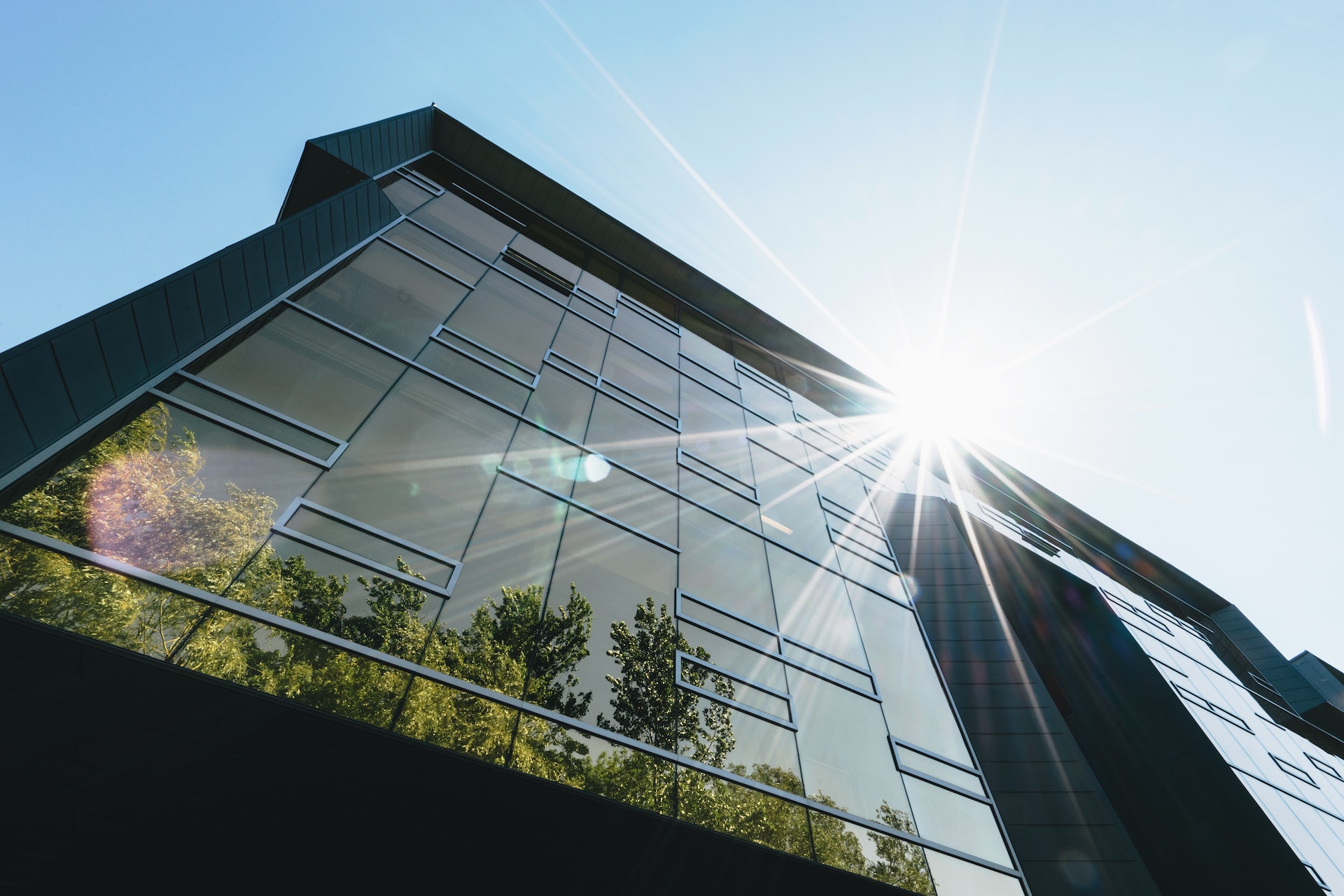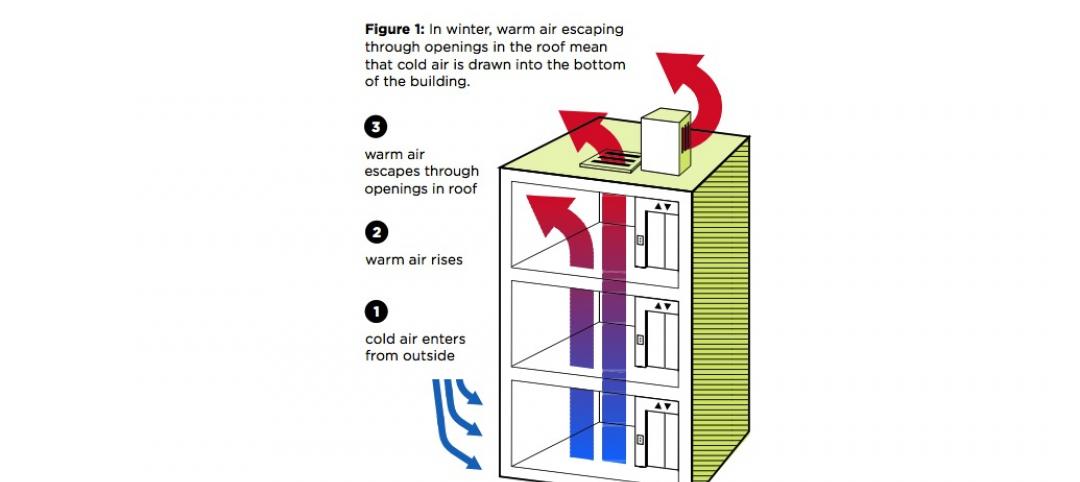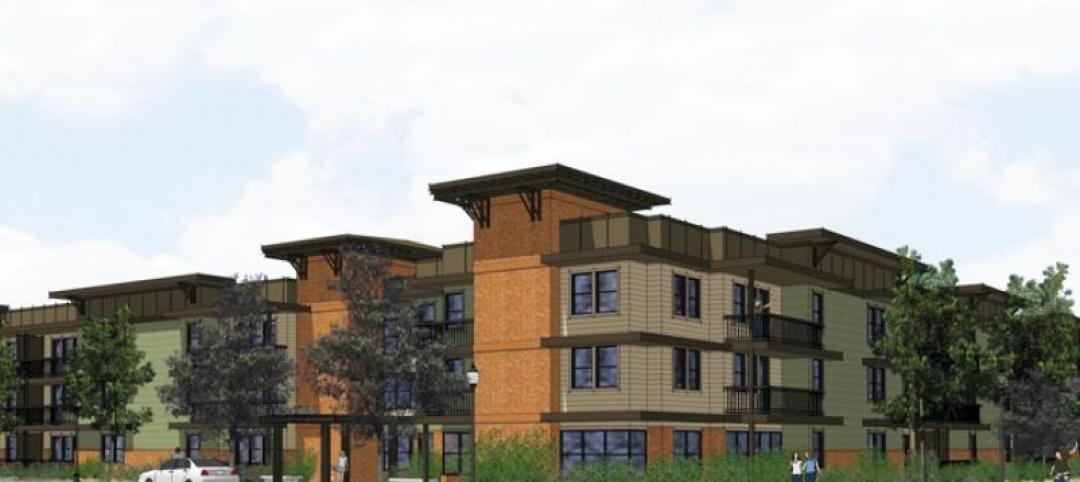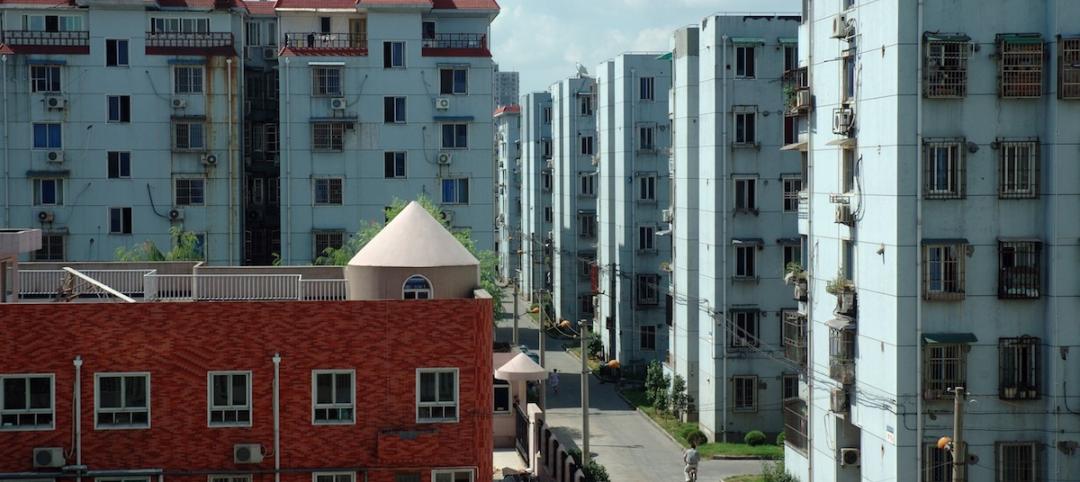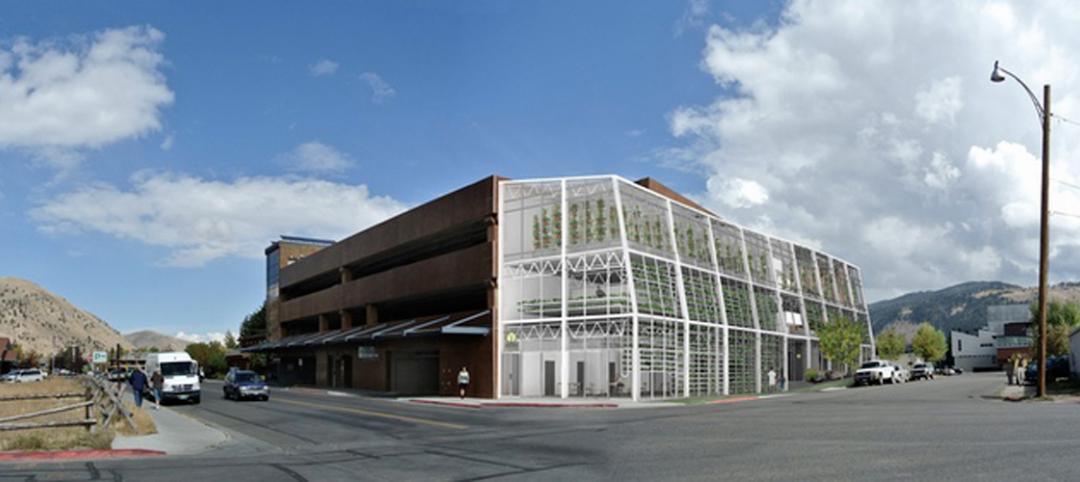The U.S. Green Building Council (USGBC), Green Business Certification Inc. (GBCI), and the International WELL Building Institute (IWBI) released a streamlined process for projects pursuing certifications for the LEED green building rating system and the WELL Building Standard.
The new protocol simplifies documentation for projects that are pursuing both certifications at the same time or that have already earned one certification and are looking to add the other. A new suite of tools and resources is available to applicants interested in pursuing LEED and WELL certifications, including:
- LEED + WELL Crosswalk: This tool shows how individual LEED credits map to specific WELL features and vice versa. As buildings are being designed, project teams can use the crosswalk to identify where LEED and WELL are aligned and which strategies and initiatives support both programs.
- LEED + WELL Submittal Form: This form is required for both LEED and WELL certification reviews. Project teams complete the form to identify which compliance paths are being utilized and communicate that information to the review team.
- LEED + WELL Streamlined Certification Process Guide: This document outlines the process, requirements, and implementation tools available to project teams.
“Improving human health has been a foundational component of LEED since its inception and is the goal of each of the 10 concepts within the WELL Building Standard,” said Peter Templeton, president and CEO of USGBC and GBCI. “By creating a streamlined process for LEED and WELL certification, we are encouraging every building owner and project team to adopt best practices that maximize benefits to occupant and community health.”
Related Stories
Codes and Standards | Mar 29, 2015
Elevator shafts a major source of heat loss in New York City
A typical New York apartment building loses thousands of dollars worth of energy every year from leaky elevator shafts that vent warm air at the top of the building and draw in cold air at the bottom, according to a new Urban Green Council report.
Green | Mar 29, 2015
Passive House Institute launches ‘cost-effective’ passive building standard
The group says the building energy performance target is in the “sweet spot” where cost effectiveness overlaps with aggressive energy and carbon reduction.
Sponsored | Walls and Partitions | Mar 25, 2015
Metl-Span systems meet design needs in cost effective manner
The goal from the beginning was to construct an energy efficient building with insulated metal panels.
Green | Mar 25, 2015
WELL Building Standard introduced in China
The WELL Building Standard is a performance-based system for measuring, certifying and monitoring features that impact human health and wellbeing, through air, water, nourishment, light, fitness, comfort, and mind.
Higher Education | Mar 23, 2015
Hong Kong university building will feature bioclimatic façade
The project's twin-tower design opens the campus up to the neighboring public green space, while maximizing the use of summer winds for natural ventilation.
Green | Mar 22, 2015
6 myths holding back green building
Sustainable design has proven benefits, so why isn’t it more widely adopted?
Green | Mar 18, 2015
Vertical urban greenhouses will feed import-reliant Jackson Hole, Wyo.
A Jackson Hole, Wyo., start up aims to reduce the city’s susceptibility to food deficits by building vertical greenhouses.
Sponsored | Energy Efficiency | Mar 16, 2015
California cuts its carbon footprint with solar
Spanning four locations in Central Valley, the California Renewable Energy Small Tariff projects pack a lot of power and are prime examples of the real-life benefits of going solar.
Codes and Standards | Mar 12, 2015
Energy Trust of Oregon offers financial incentives for net-zero buildings
The organization is offering technical assistance along with financial benefits.
Codes and Standards | Mar 5, 2015
AEC industry groups look to harmonize green building standards, codes
The USGBC, ASHRAE, ICC, IES, and AIA are collaborating on a single green code.


